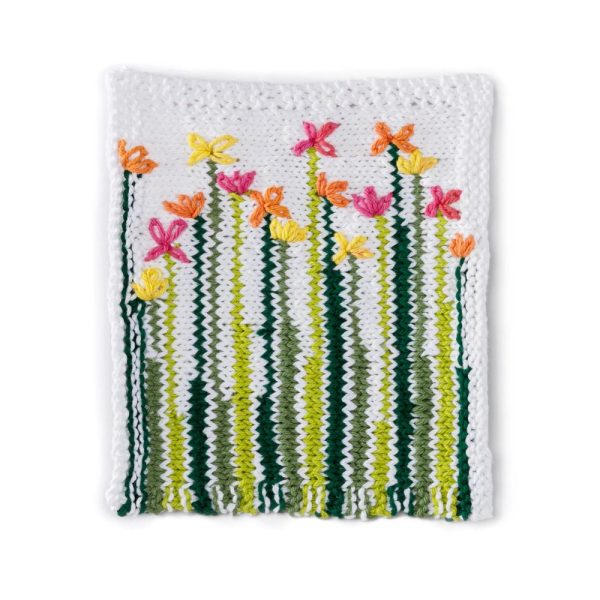 Last week I shared a little bit about knitting increases, so it makes sense we’d continue our learning with a look at knitting decreases.
Last week I shared a little bit about knitting increases, so it makes sense we’d continue our learning with a look at knitting decreases.
I feel like there are fewer options for decreases in knitting than there are increases, but it may just be that there are a few that are used really commonly. Most of the time you will use either knit two together or slip, slip, knit. K2tog is usually the decrease most people learn first, and when you want to be a little fancier and start using mirrored increases you can add in ssk. (For reference, knit two togethers slant to the right, while slip, slip, knits slant to the left.)
I have always loved this visual guide to knitting decreases from Knitting Help, which shows you what all the different decreases look like and how you can pair different decreases that lean different ways. For example you can also pair a knit 2 together with a slip, slip, purl instead of a slip, slip, knit, which makes a tighter looking decrease than a ssk.
The page linked above has written instructions for each decrease, as well as links to videos if you need them. it only covers single decreases, which are the most common kinds of decreases, but sometimes you want to decrease more than one stitch at a time.
In that case you will want to use what’s known as a double decrease. The most common of these is known as the centered double decrease, which is a great design element when you don’t want a decrease that leans. (It’s done by slipping a stitch, knitting two together, then passing the slipped stitch over the stitch you just worked.)
But there are other options, as this post from Tonia Knits explores. It describes 10 different ways to make double decreases. Between these two pages you’ll probably have every decrease you could ever need in your knitting career!
[Photo: Knitting Help.]
Learn Basic Decreases to Shape Your Knitting
Your Quick Reference Guide to Common Increases and Decreases
 One great thing to knit when the weather is warm (or honestly any other time) is dishcloths and washcloths. They are fun and easy projects and a great way to play with new skills. Pretty washcloths make cleaning a tiny bit more fun, and they’re great to have on hand as a quick addition to a store-bought gift.
One great thing to knit when the weather is warm (or honestly any other time) is dishcloths and washcloths. They are fun and easy projects and a great way to play with new skills. Pretty washcloths make cleaning a tiny bit more fun, and they’re great to have on hand as a quick addition to a store-bought gift.